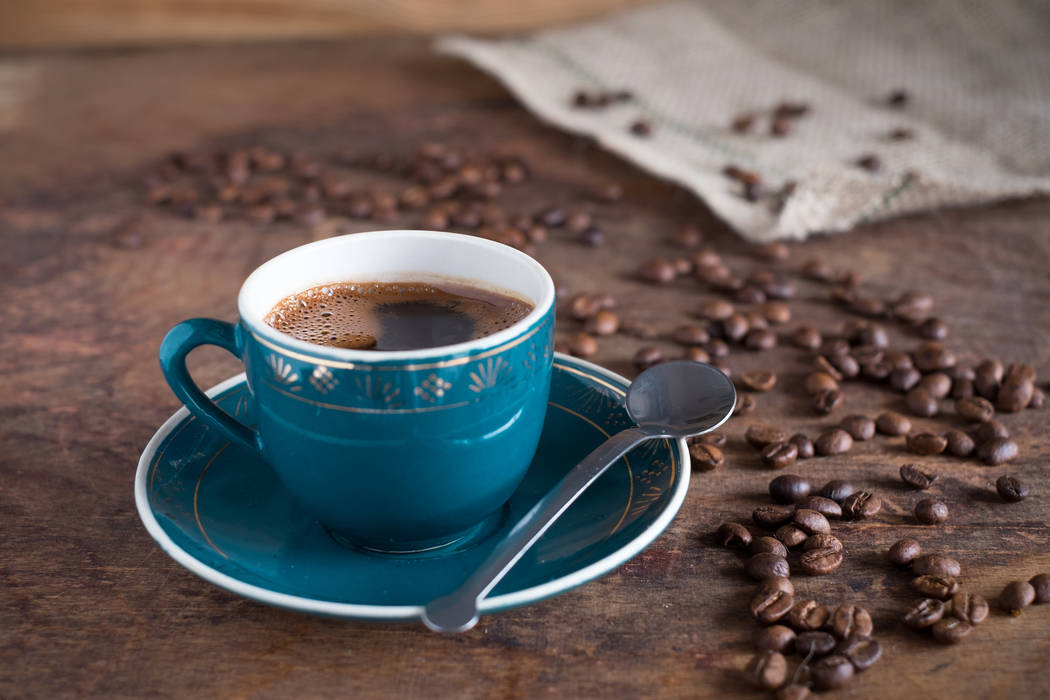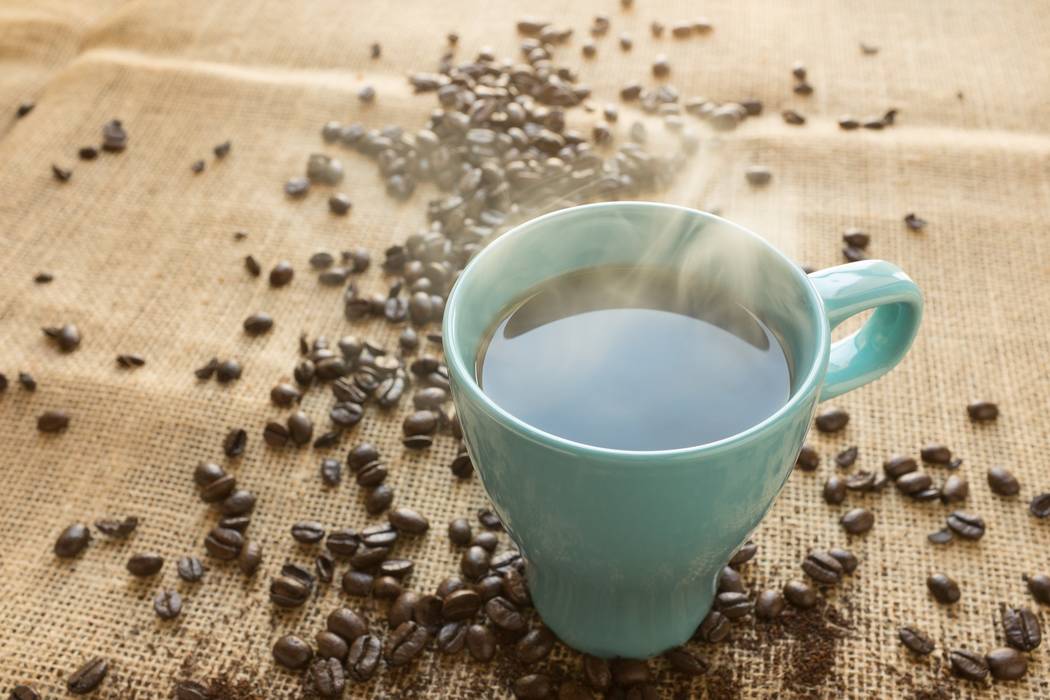What is involved in that morning cup of coffee?
There is nothing like a hot cup of coffee to start the day, especially on cold winter mornings. Aw, heck, who am I kidding? Every morning, no matter the season, is a good day for coffee.
Two-thirds of Americans drink coffee, and we drink more than 100 billion cups annually. What are the effects of our daily java, and what can we do to make changes and still enjoy our brew?
My first cup of coffee
One of the first things I do when I wake up every morning is to prepare a cup of coffee. I have been doing this ever since I first went to Japan nearly four decades ago.
At that time, the only thing I knew about coffee was that my dad unceremoniously drank a cup of instant Sanka before he went to work each morning. As a young adult, it didn’t seem appealing until I stepped into a “real” coffee shop in Japan.
At that time (pre-Starbucks era) a “coffee shop” in the U.S. was a Denny’s or Bob’s Big Boy, where a bottomless cup was less than a dollar. Not so in Japan. A coffee shop, or Kissaten, was where you went to select, anticipate and observe the artistry of the process, followed by the celebration and worship of the delivery of one unique cup of coffee.
The small shops brewed each cup individually while the customers relaxed in comfortable seating, listened to jazz or classical music, and perused the shop owners’ books and magazines. I remember watching the master of the shop thoughtfully and slowly swirl the hot water around my single serving of freshly ground beans.
This production cost five to 10 times more for a cup than its Denny’s counterpart and without a refill. But the experience was well worth the cost.
What is the real cost?
As with every household product we use or food item we consume, there is more than a financial cost. There are environmental and social costs to consider surrounding the growing and selecting of coffee.
Coffee was traditionally grown in shaded areas, typically intercropped with banana grasses to provide shade. This sustainable method helps support a diverse ecosystem where birds, plants and animal life flourish. This growing and harvesting process is slower for the farmers. However, the preservation of the land and sustaining biodiversity are vitally important.
Presently, the majority of coffee is grown in monocultural, sun-soaked, cleared land, much of which has become known as birdless regions. This sun cultivation increases yield at first until the soil is depleted, leaving the land useless. Farmers must find new land to do the same process, creating more deforestation, in turn reducing the number of trees that can capture carbon.
One of the biggest environmental challenges is the absurd amount of water needed for growing coffee bean crops. A Dutch study estimated that 140 liters are needed to grow, process and prepare a single cup of coffee.
All of these factors make it hard to know what to buy. Labels can be confusing with so many certifications. Coffee certified as “Fair Trade,” “Proudly made in Africa,” “Thrive” or other labels guarantee fair pay and labor conditions to the farmers. Nearly half of Fair Trade certified coffee is also organic certified. Shade-grown coffee helps guard against land degradation.
Guilty pleasure or mindful brewing
Once you have carefully chosen your coffee type, next comes brewing, consumption and disposing of the waste. Coffee culture in America has brought us Starbucks in hospitals, drive-thru coffee shops and fancier machines that spit out a single serving of piping hot brew in seconds. How can we continue to enjoy coffee in a sustainable manner?
Keurig machines have become an extremely popular household item and can be found in one in three American homes. The single-serving plastic K-cups produce 10 times the solid waste as a drip coffee maker.
The amount of discarded K-cups in 2014 was enough to wrap around the earth 10 times! While the company has plans for recyclable K-cups by 2020, compostable and biodegradable paper filters are still gentler to the environment.
Regarding brewing, simple is best. The single pour-over with reusable or biodegradable filters is as simple as it gets. The less energy used and waste produced, the better.
How about coffee on the go? Starbucks alone has 24,000 stores worldwide, with an average of 500 daily customers per store. That’s 12 million single-use cups trashed every day.
Yes, many places now have recycling bins. However, most people leave Starbucks with their cups. In addition, recycled trash must be separated, transported to a recycling company, broken down, made into a new product and transported back to the consumer. Recycling must be our very last resort.
There are many mindful changes that can bring household coffee rituals in line with sustainable practices. First and foremost, use reusable cups.
Coffee grounds can be used for making a roach trap, boosting nitrogen for your seedlings and composting your garden. Recently, we saved our coffee grinds for our daughter, who made natural DIY face scrub to give as gifts for Christmas.
Recalling my first coffee experience in Japan, the careful, deliberate process forced me to slow down and appreciate the sights, sounds, texture, aroma and taste. Maybe slowing down and being conscious of what we drink, how it’s prepared and how the waste will be disposed of will enhance our coffee experience and reduce our waste and energy use.
Mary Beth Horiai has split her adult life between Japan and Southern Nevada. A graduate of UNLV, she was trained as a speaker for The Climate Reality Project and teaches part-time at the College of Southern Nevada. For more information and links to additional resources relating to this column, visit www.driverofchange.net.





























